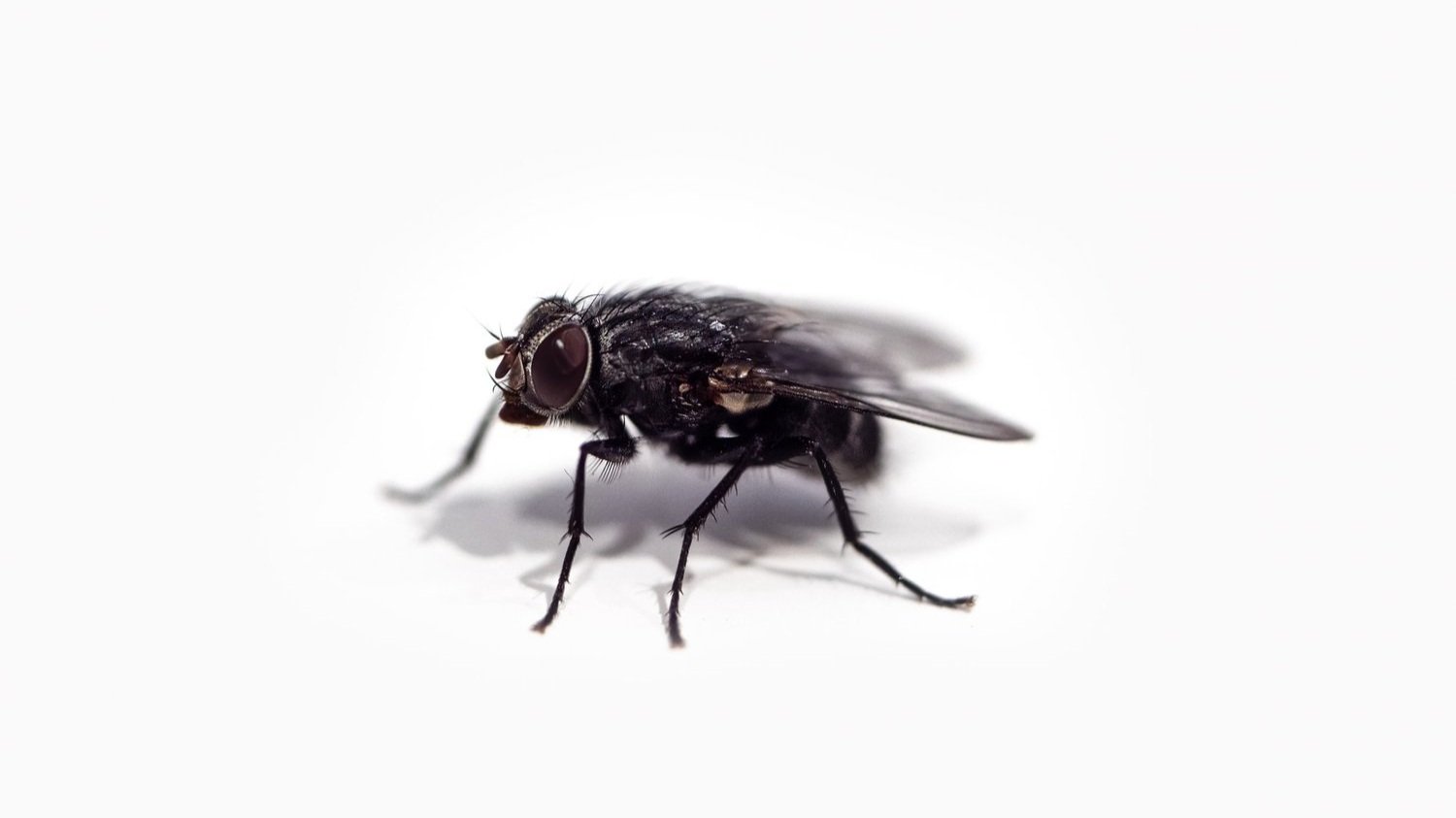Zombie Flies
By Heather Priest
MOSS FIELD NOTE #2
We trekked 6 miles into Middle Cottonwood Creek, and it felt like 100. The snow was sticking to my skins and every step felt like my foot had a brick of lead attached to it. Weaving through Douglas Firs and lodgepole pines, we finally arrived at a forest service cabin tucked away in the canopy, no larger than my kitchen. When we opened the door, the stillness of winter greeted us as if the walls made of log were no match for the chill of winter. There were no signs of present life within this tiny space, the nary a birdsong or hungry rodent. It was just us, and the tranquility of the forest.
Cooled by our sweat mixed with single digit temperatures, we decided that fire was our first priority. We filled the old wood stove with fuel generously chopped by the last tenant, and waited for the fire to do its magic.
Embracing the warm hearth, we decided to kick our feet up and enjoy the silence with a bit of reading. The monologue I was reading was first broken by a low, dull, and almost indistinguishable buzz. I dismissed it, and continued reading. Slowly, a symphony of buzzes broke our previously deafening silence. Little black dots appeared in my vision, rising from the ground in a slow stupor, similar to that of the rising dead.
Zombie flies? Impossible. But then again, we had been in that cabin for around an hour with zero signs of any life. Flies seemed wildly out of place in the dead of winter. But, where DO flies go in the winter? Surely they don’t all just die out or follow the migration pattern of birds.
Turns out, when faced with a lack of food supply or extremely cold conditions, flies have the ability to enter a state of torpor. Torpor is a sleep-like state where the insects remain in a state of decreased physiological activities, reduced body temperature and metabolic rate. The word ‘torpor’ was derived from the Latin word ‘torpere’ meaning ‘to be numb or sluggish’ and is known to be regulated by two major factors namely circadian clock and homeostasis. After digging a little deeper, I was introduced to the term diapause, a type of dormancy that is seemingly similar to torpor but is often reflected in insects, mites and a few other animal groups.
A group of scientists conducted a study on diapause in fruit flies. This type of dormancy in fruit flies was understood by conducting a study where the flies were studied and observed individually using videotape recordings obtained through a high performance CCTV camera for a period of 48 h on a time-lapse videocassette recorder. The observations made during the period of investigation provided evidence on preference of location and immobility of fruit flies for periods of up to 157 min at a particular time in the circadian day. They also became relatively unresponsive to sensory stimuli. The total sleeping period for female flies was 400 to 800 min/day, whereas in case of males it was almost 1100 min/day.
Based on what I found, the most logical answer is that our roaring fire in the tiny cabin heated the flies to their core, raising their body temperature and luring them out of torpor. They awoke sluggish, but alive and ready to take up their pest tendencies once again. Typically, the lifespan for these creatures ranges between two weeks and a month with optimal conditions. Their entire purpose is to feed and lay eggs, and they’ll prolong their lives through diapause until they do so!
Even after completing my research, I still have many questions. Did these flies arrive in summer when they breached the cabin walls to feast upon the crumbs of snackers? If so, how did they survive in a state of torpor for several months without dying all together? Even without the fire, would the flies still rise from their naps to search the small space in vain for food, only to return back to their deep slumber? Can torpor be compared to the process of freezing and thawing? Despite what I have learned, I think I still prefer the concept of zombie flies.
RESOURCES TAKEN FROM AN ARTICLE IN “CURRENT SCIENCE” FROM JUNE 2021


